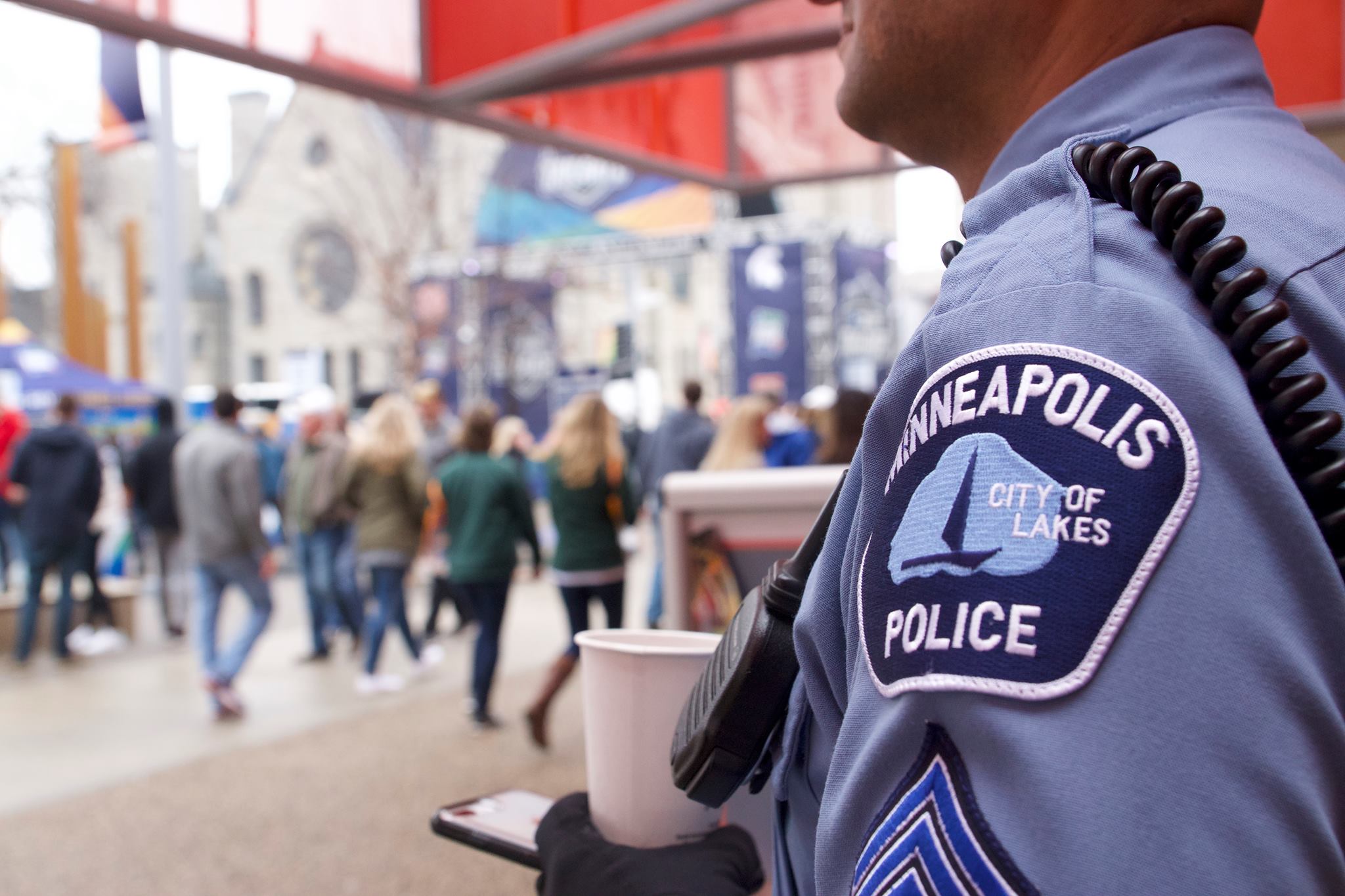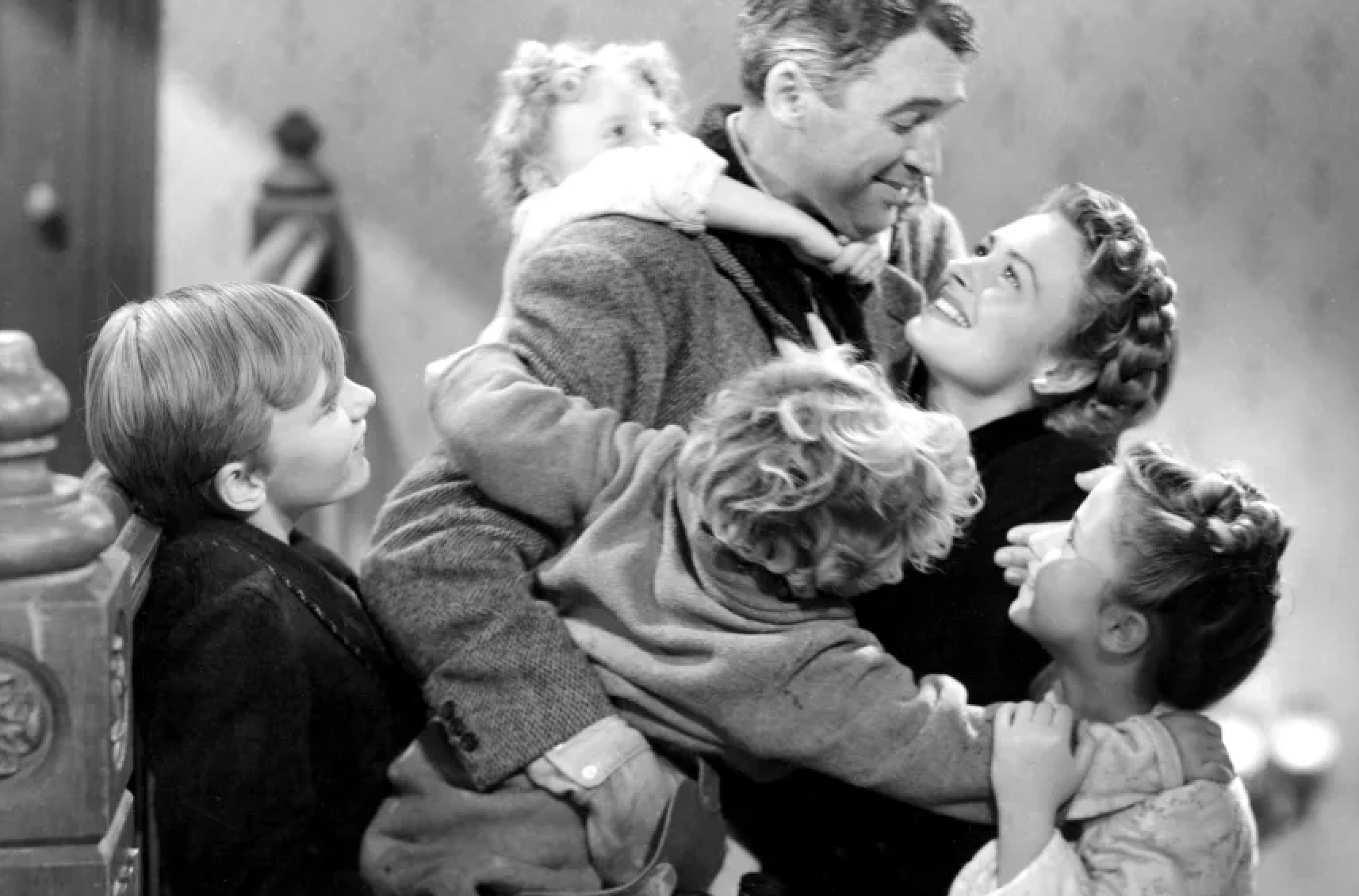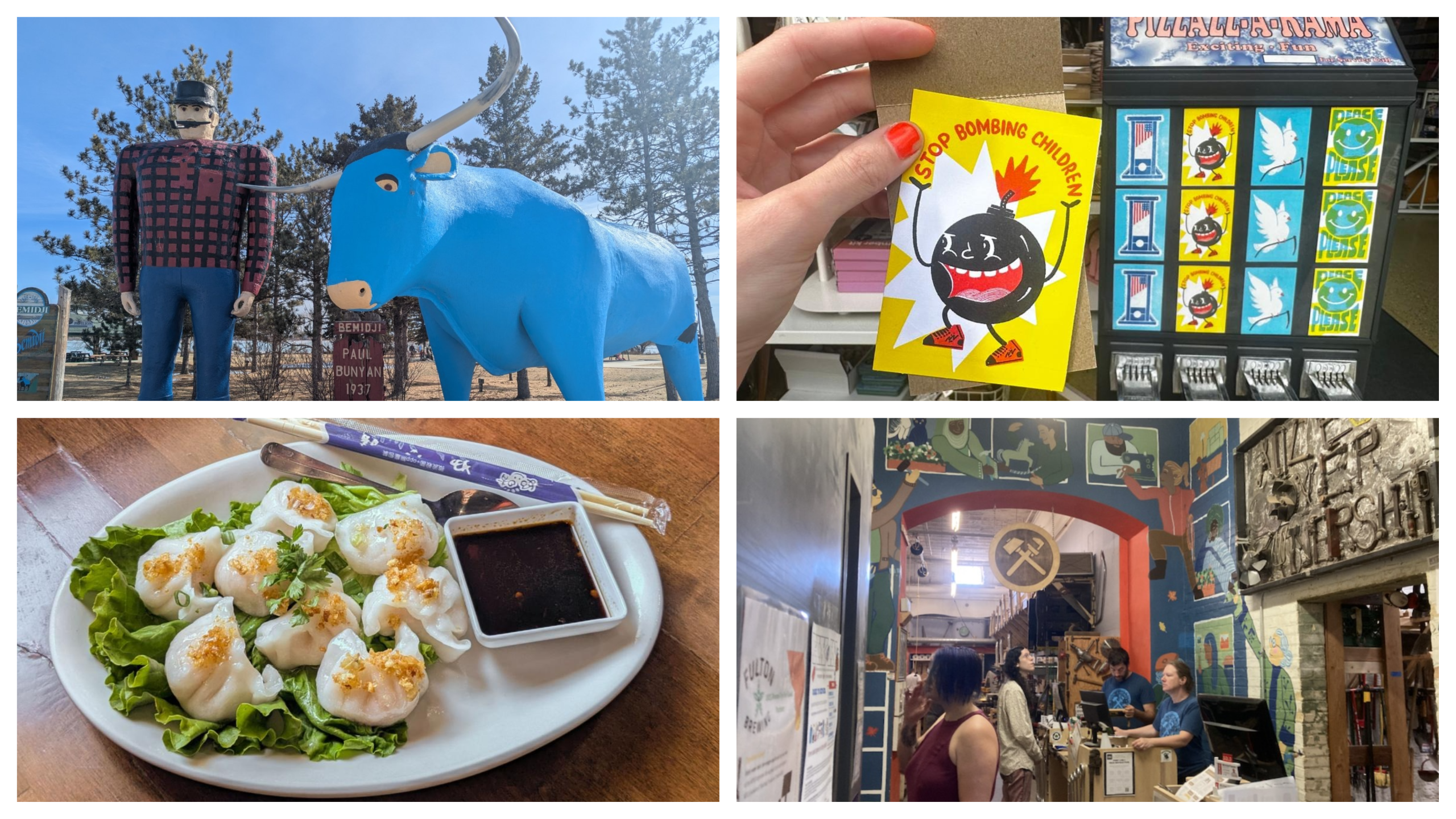Welcome back to The Flyover, your daily digest of important, overlooked, and/or interesting Minnesota news stories.
Oh Great, More Surveillance
RoboCop isn’t becoming reality anytime soon and hundreds of traffic cameras can only do so much, so the Minneapolis Police Department is looking to re-up and expand its ShotSpotter contract for three more years. According to the Star Tribune, the City Council could end up paying $963,000 or more for the company’s services, which include placing microphones throughout neighborhoods to listen for gunshots. If approved, Minneapolis could see new stretches of surveillance in Whittier and LynLake.
But wait a minute! Isn’t ShotSpotter kinda controversial? It sure is! Last February, Wired got its hands on a map of every ShotSpotter mic, discovering that the vast majority of installations in Minneapolis are in poor, predominantly Black neighborhoods on the North Side. And when Minneapolis Public Schools were hacked, leaked data revealed that the company has been mic’ing up North Side schools for over a decade without public knowledge. Critics say this kind of stuff leads to over-policing and grants cops more access to schools; police argue this tech helps them do their jobs more efficiently.
And as for whether this tech even works? Unclear! Though the company has been around for about two decades, there’s surprisingly little info out there. Liz Sawyer and Jeff Hargarten at the Star Tribune analyzed 911 data from 2022 and found that of the 4,100 police responses to ShotSpotter that year, about 70% indicate that the “police didn’t encounter anything—no victims, shell casings or physical evidence of a shooting—upon arrival.” In Chicago, Cook County’s State's Attorney’s Office ended its contract this year after findings showed that only 1% of the city’s shooting arrests were ShotSpotter tips and that most sensor-related arrests weren’t for gun violence. Several City Council members, including Robin Wonsley, are calling for an independent study of ShotSpotter in Minneapolis—the first of its kind in town.
There Are 63 New Ways To Get Drunk at the Fair This Year
There are about twice as many alcoholic drinks at the State Fair this year as there are new foods. And while Racket will definitely be making our way through all the eats, I’m pretty sure we’d die if we tried to do the same with dranks. Last year’s list featured a lot of “beer for dessert” brews (the Birramisu, the funnel cake brew, the chocolate cookie beer, the PB&J Hard Honey). This year’s menu, which just dropped, looks to continue the sweetness, though in a more fruit-forward vein: a bunch of pear and/or prickly pear mixes, a handful of blackberry bevvies, a lot of watermelon-laced stuff, and a few cake-inspired beers. The worst sounding drink (to me) is the Tutti Frutti Bubble Gum Slushie (I normally love you, Lift Bridge!), but I’m down for an Agua Fresca Hard Slushie (Indeed) or a Black Currant Mead (Sociable Cider Werks). You can check out the entire roundup of offerings and plan your fair pub crawl here.
Downtown Rochester Is Thriving (Minus the Music Scene)
Turns out when you have Mayo money, you can make a real pretty city. That’s what MinnPost’s Bill Lindeke discovered on a recent trip to Rochester, which offers new streets, fresh sidewalks, beautiful parks, and a skyway system with legit human beings walking around inside. So what are they doing right, and what are downtown Minneapolis and St. Paul doing wrong? One thing they’re blessed with is a huge community of medical employees that can’t work from home, meaning they gotta spend time downtown (that’s what they call a “captive audience” in the cruise vacation lingo). It’s also the result of money; in 2013 the local government earmarked $585 million for public infrastructure. “In a sense, Rochester’s new streets remind me of what the 2017 Nicollet Mall remodel was supposed to accomplish,” Lindeke writes, “intended to bring street life, public art, and event flexibility into the heart of downtown Minneapolis.”
But it’s not all sunshine and open skyway storefronts. Rochester is expecting a massive population boom over the next decade, in part due to a $5 billion revamp to the Mayo campus. And Lindeke points out that the area lacks public transportation to the Minneapolis-St. Paul International Airport and the Twin Cities in general. (And the hyperloop pipedream has died.) Also, the doctors may have overtaken the musicians. This piece from John Molseed at Post Bulletin explores why the city’s once-vibrant music scene isn’t bouncing back post-Covid.
Francis Is Moving Into Peppers & Fries Space
Well dang, that was fast! Last June, Longfellow Whatever founder Trevor Born got the scoop that Peppers & Fries would be closing after nearly a decade, and that the building had been sold "to a yet-undisclosed buyer." Well it turns out the buyer of the 39th & Lake Street space are the owners behind Northeast vegan burger joint Francis, and, according to yet another scoop from LW, they hope to open their second location sometime next month. Born says the kitchen and patio are ready to go, the inside just needs a little on-brand reno (I’m anticipating lots of black paint and red neon signs). Offerings at their Northeast location that we expect to see in south Minneapolis include the vegan Jucy Lucy (read Racket’s review here), local beers on tap, an Earl Giles-curated cocktail menu, and those addicting McD’s-style shoestring fries.







